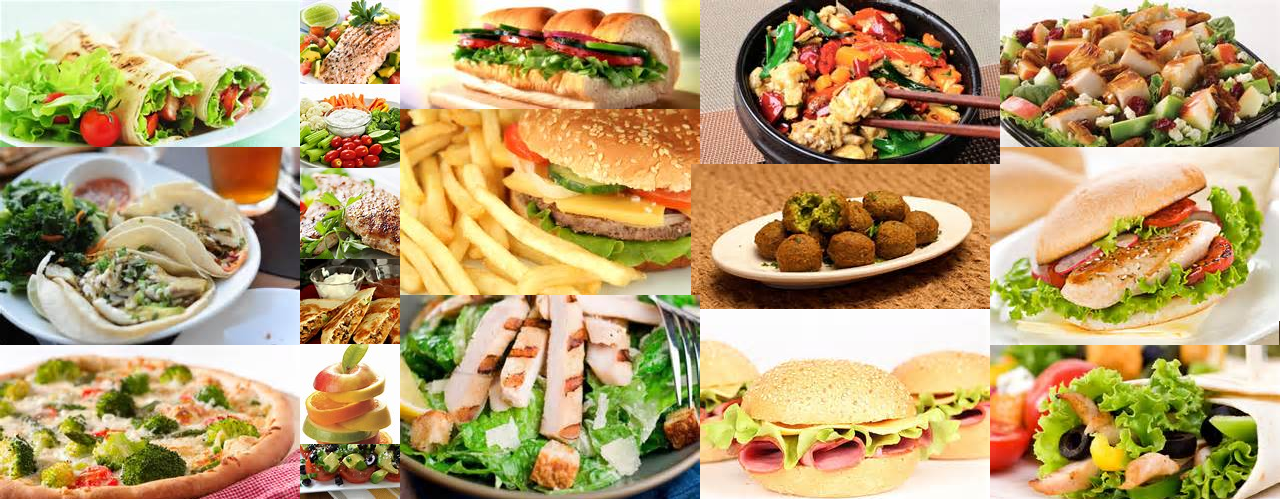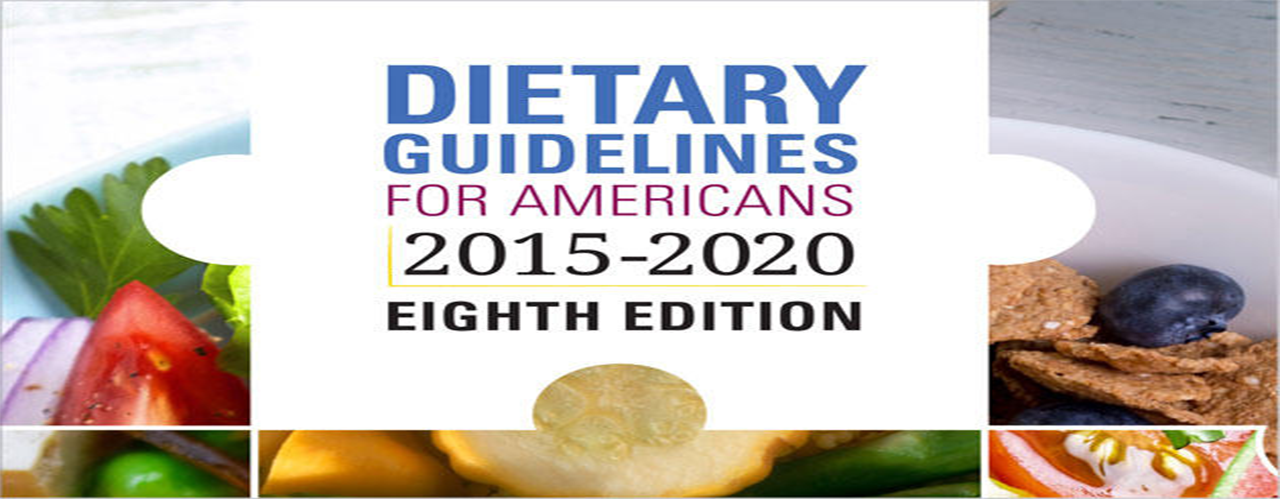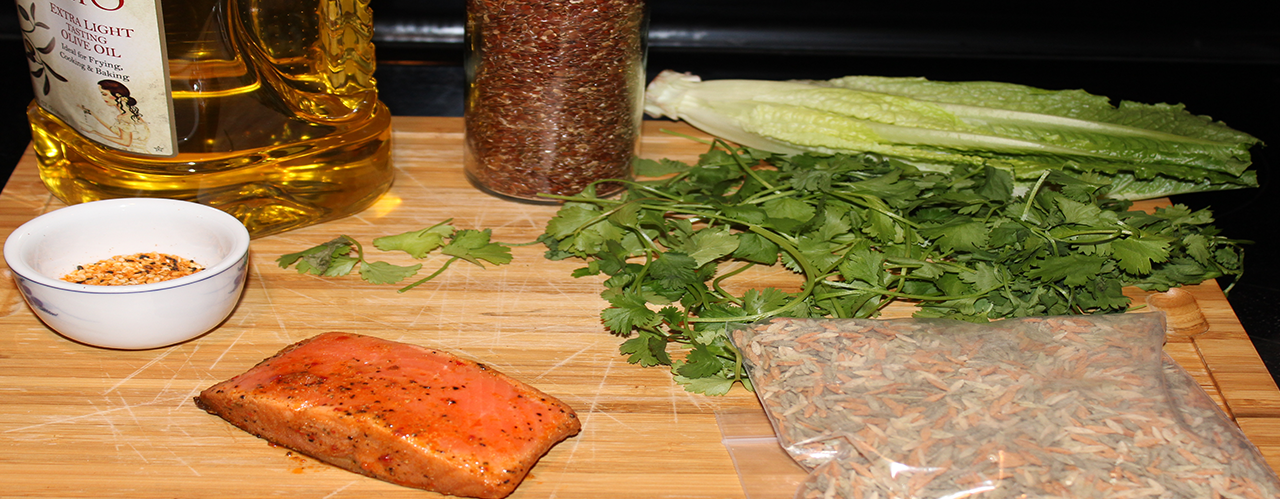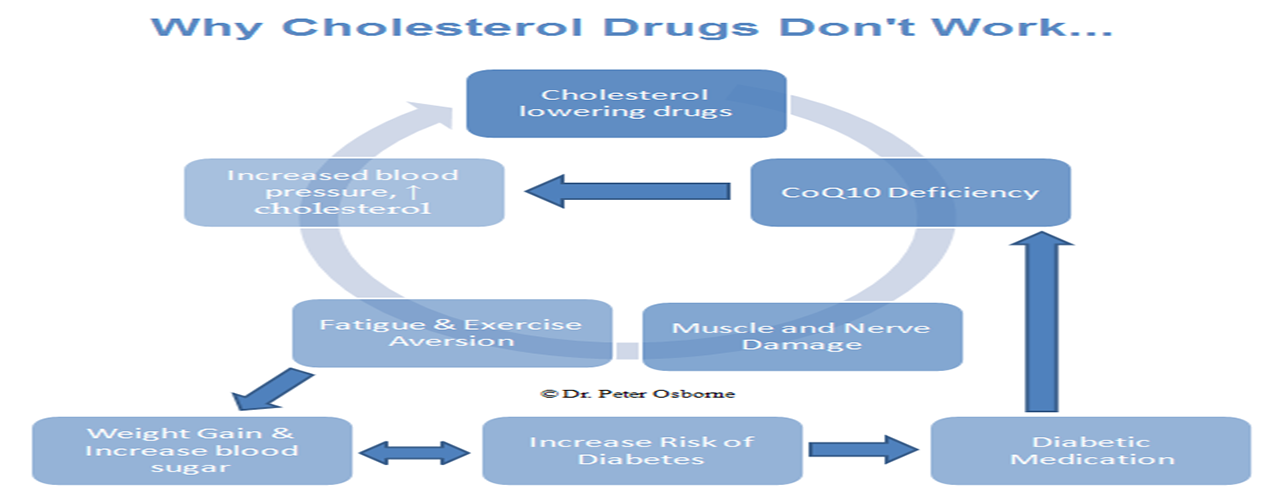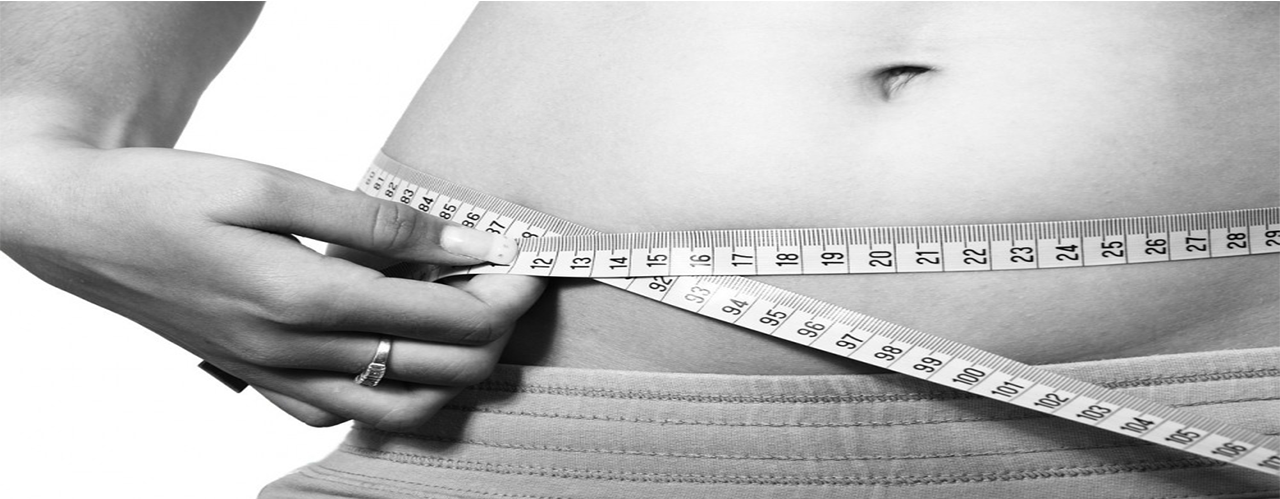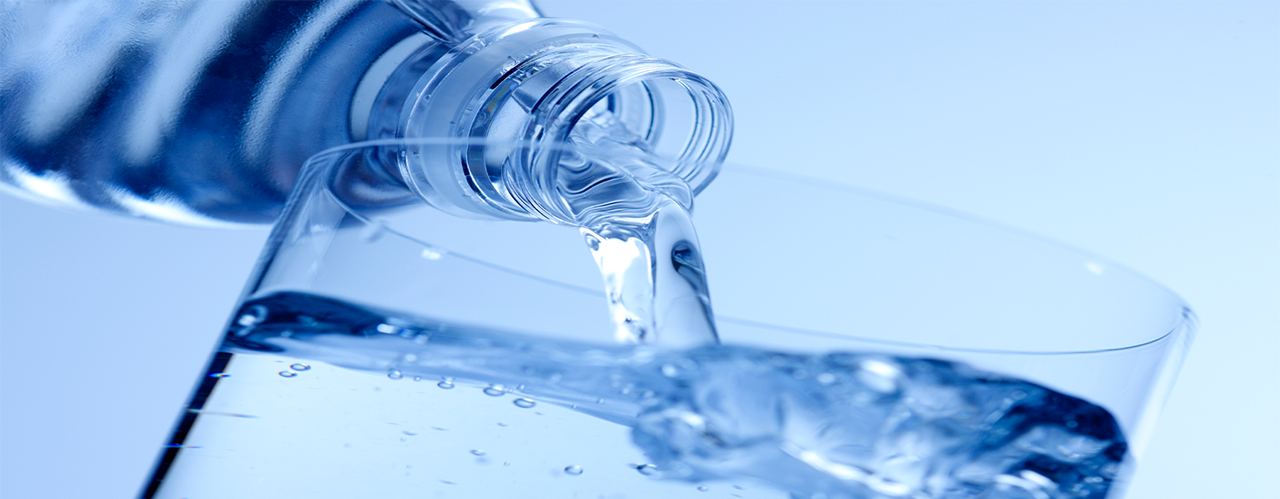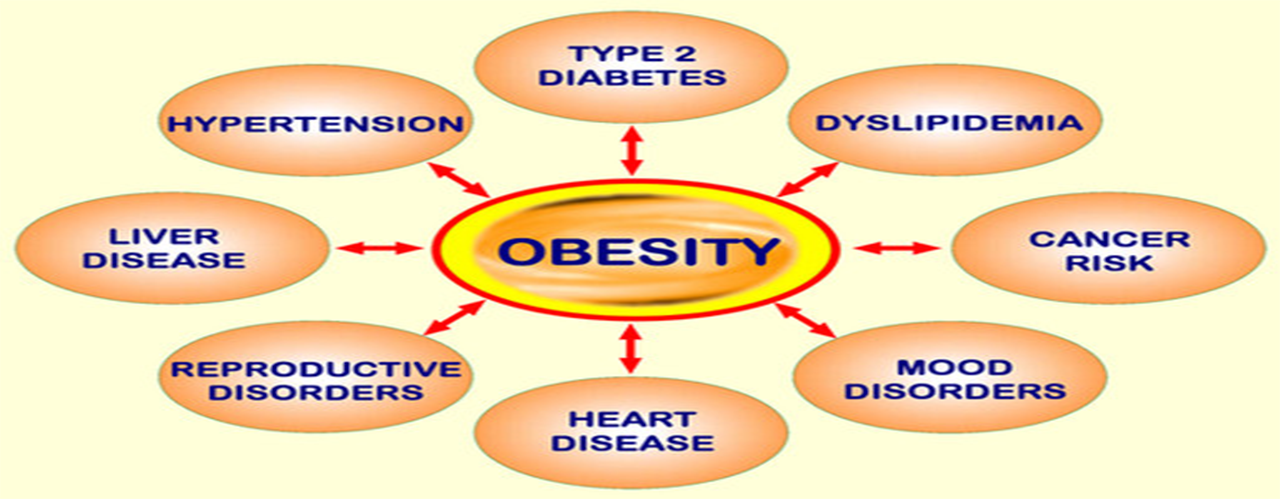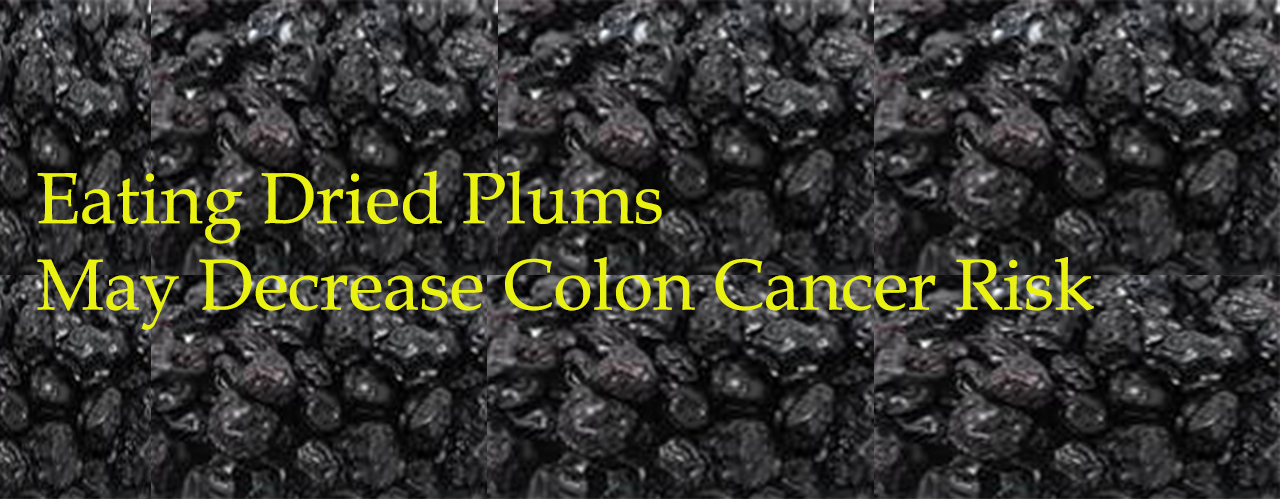National Institutes of Health (NIH) | Taking steps to protect your health is the best way to prevent disease and other conditions. Health screenings, vaccines, and guarding yourself from germs and bugs can help keep you feeling your best (image: Paul Bischoff).
1. Get screened for diseases
Some screenings can reduce your risk of dying from a disease. But sometimes, experts say, a test may cause more harm than good. Before you get a test, talk with your doctor about the possible benefits and harms to help you decide what’s best for your health.
To learn about screening tests, ask your doctor:
- What’s my chance of dying of the condition if I do or don’t have the screening?
- What are the harms of the test? How often do they occur?
- How likely are false positive or false negative results?
- What are possible harms of the diagnostic tests if I get a positive screening result?
- What’s the chance of finding a disease that wouldn’t have caused a problem?
- How effective are the treatment options?
- Am I healthy enough to take the therapy if you discover a disease?
- What are other ways to decrease my risk of dying of this condition? How effective are they?
2. Guard against germs
For nearly a century, bacteria-fighting drugs known as antibiotics have helped to control and destroy many of the harmful bacteria that can make us sick. But these drugs don’t work at all against viruses, such as those that cause colds or flu. Learn how to protect yourself against germs in the environment.
To block harmful germs:
- Wash your hands often with soap and water, or use an alcohol-based hand sanitizer.
- If you’re sick, make sure your doctor has a clear understanding of your symptoms. Discuss whether an antibiotic or a different type of treatment is appropriate for your illness.
- If antibiotics are needed, take the full course exactly as directed. Don’t save the medicine for a future illness, and don’t share with others.
- Maintain a healthy lifestyle—including proper diet, exercise, and good hygiene—to help prevent illness, thereby helping to prevent the overuse or misuse of medications.
3. Protect your body’s bacteria
Microscopic creatures—including bacteria, fungi, and viruses—can make you ill. But what you may not realize is that trillions of microbes are living in and on your body right now. Most don’t harm you at all. We tend to focus on destroying bad microbes. But taking care of good ones may be even more important.
To protect good microbes:
- Don’t pressure your doctor to give you antibiotics. They may cause more harm than good.
- Know when to wash your hands—for example, when preparing food and before eating.
- Don’t use antibacterial products you don’t need. Antibacterial soaps have little or no health benefit. And antibacterial versions of household products have not been shown to reduce your risk of infection.
- Don’t go overboard with hand sanitizers. They’re useful in health care settings, but hand washing is a better option in most situations.
- Experiment with different skin moisturizers to see which work best for you.
4. Protect yourself and everyone else from disease
We share more than food and culture within our homes and communities. We can also spread disease. Luckily, we live in a time when vaccines can protect us from many of the most serious illnesses. Staying current on your shots helps you—and your neighbors—avoid getting and spreading disease.
To protect yourself and others from preventable diseases, stay up-to-date on shots for these 16 vaccine-preventable diseases:
- Bacterial meningitis
- Chickenpox
- Diphtheria
- Haemophilus influenzae type b
- Hepatitis A and Hepatitis B
- Cervical & other cancers caused by human papillomavirus (HPV)
- Influenza (flu)
- Measles, Mumps, and Rubella
- Pertussis (whooping cough)
- Pneumococcal pneumonia
- Rotavirus diarrhea
- Shingles
- Tetanus
5. Prevent mosquito-borne illnesses
Most mosquito bites are relatively harmless. The itchy bumps often last for just a day or two after a mosquito has punctured your skin. But if the mosquito is carrying certain germs, like viruses or parasites, these pathogens might enter your blood during the bite and make you sick. But we can all take simple steps to avoid getting bit by those blood-sucking insects.
To avoid mosquito bites:
- Use insect repellents. Products containing DEET, picaridin, lemon eucalyptus, para-menthane-diol, or IR3535 can be applied to skin. Follow label instructions.
- Cover up. When outside, wear long sleeves, pants, and socks. Mosquitoes may bite through thin fabric, so spray thin clothes with an EPA-registered repellent like permethrin. Don’t apply permethrin directly to skin.
- Mosquito-proof your home. Install or repair screens on windows and doors to keep insects out. Use air conditioning if you have it.
- Get rid of mosquito breeding sites. Empty standing water from flowerpots, gutters, buckets, pool covers, pet water dishes, and birdbaths on a regular basis.
6. Block tick bites and Lyme disease
When warm weather arrives, you might get the urge to walk barefoot through the grass. But before you stroll through your lawn or head out on a hiking trail, you’ll want to protect yourself and your loved ones from ticks that often lurk in tall grass, thick brush, and wooded areas. Many ticks carry disease, so do what you can to keep ticks from taking a bite out of you.
To prevent tick bites and tick-borne diseases:
- Help keep ticks off your skin by wearing long sleeves, long pants, and long socks.
- Ward off ticks by using an insect repellant that contains at least 20% DEET (for the skin) or permethrin (for clothes).
- Avoid ticks by walking in the center of trails and steer clear of tall vegetation.
- If you’ve been in an area where ticks are common, bathe or shower as soon as possible, and wash or tumble your clothes in a dryer on high heat.
- Check your body carefully for ticks. They dig and burrow into the skin before they bite and feed.
- Removing ticks right away can help prevent disease.
- If you develop a rash or fever after removing a tick, see your doctor.



